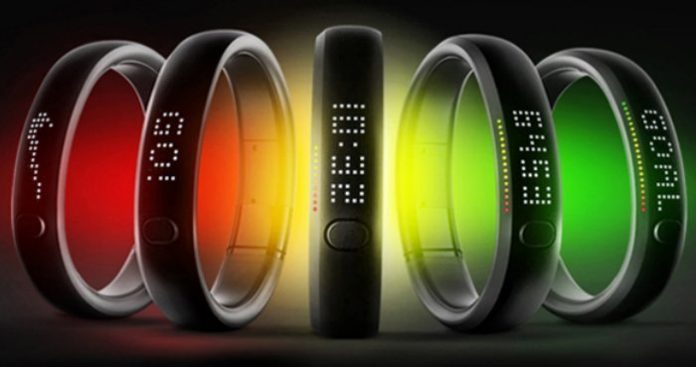Editor’s Note: Welcome to our weekly Reader Forum section. In an attempt to broaden our interaction with our readers we have created this forum for those with something meaningful to say to the wireless industry. We want to keep this as open as possible, but we maintain some editorial control to keep it free of commercials or attacks. Please send along submissions for this section to our editors at: [email protected].
The other week I was skiing at Vail with three of my best mates, and we were using smart badges from the resort to track our runs. We’re all very competitive people, and we were all trying to go faster, longer, higher and catch more lifts. One of my friends put his work badge in the same pocket as his Vail Resorts badge, which interfered with the scan process. As a result, the system didn’t catch a couple of the lifts he took and he got really upset. “I did more than you did and this thing didn’t work for me,” he said.
What does this have to do with corporate IT management? Everything. As businesses take the lead in delivering compelling new services with wearable technology, they have to step up their game to be sure wearable tech meets consumer expectations. Remember that in my friend’s case, all the lifts were working perfectly, he was having good runs, and all the traditional things were in place that would go into a good day skiing. Yet he was incensed that his smart card missed that particular run because he put the badge in the wrong pocket.
With wearable technology, you’re enhancing the customer experience. But you’re also adding another layer of things that can go wrong and end up annoying that customer. Wearable is beginning to transition from an interesting, convenient new tech to something that businesses and consumers rely on. Think about how we use mobile phones. Over the last 10 to 15 years they’ve delivered huge breakthroughs in convenience and capabilities. Many of us remember being amazed the first time we got a call from someone shopping in the grocery store, asking what brand of toothpaste we wanted. But now, we’re quick to complain, and change providers, if we experience dropped calls or poor reception.
What was once gee-whiz amazing is now something we just take for granted. The same will happen as wearable technology becomes more successful. We in IT need to understand what level of service customers expect and deliver it. Is it okay if service drops every once in a while, or are people expecting it to be 99.99% available?
Interoperability, such as the way another RF (radio frequency) device interrupted with my friend’s ski pass is one issue. So is provisioning. How many developers of cool Google Glass applications are even thinking about how to provision and deprovision such devices, such as when a Glasshole uses his own glasses to access corporate info and then leaves the company?
Security is perhaps the biggest challenge. That’s true, of course, for an individual whose medical information is on a wearable device and wants only their doctor to access it. But think of a worker at a contract manufacturer whose wristband contains production and parts information. A hacker who stole that information during the worker’s train ride home could blow the secret launch of the next iPhone, give competitors a nice head start competing with it, and really hurt that manufacturer’s relationship with Apple.
Another big target for hackers will be the massive amounts of aggregate data about business operations and customer trends generated by wearable technology. As the price and size of components drop and their capabilities increase, wearable devices will become more complex, especially if we preprocess more data on the device to minimize what’s sent over the network. Because they’re more complex, these devices will be harder to secure, but they’ll be low-cost enough they can be deployed in huge volumes.
If a hacker can set up an unobtrusive “tap” and scan individual users in the middle of a plant cafeteria, hospital lobby, or a resort, they could gather aggregate information on a user-by-user basis without having to penetrate a corporate database. This aggregated information about individual purchases, production orders, or customer location can yield valuable clues to everything from a business’ pricing strategy to its raw material costs, profit margins, and employee turnover.
In each of these areas, from performance to interoperability to security, IT needs to proactively work with the businesses pioneering wearable technology to understand what devices they’ll deploy and how they’ll use them. That’s the only way for IT to get up to speed on the required technology, as well as to understand what technologies are mission critical, what levels of failures are acceptable, and do the risk and portfolio analysis to understand where to focus its security and management efforts.
If IT waits for wearable technology to emerge from “rogue IT” to “mainstream” use it will lack the needed skills to properly manage it. That means it will either prevent the business from innovating or see the vital work of managing wearable technology go to an outsourcer. Neither option is a good route or IT leaders who want to stay relevant to their organizations.

